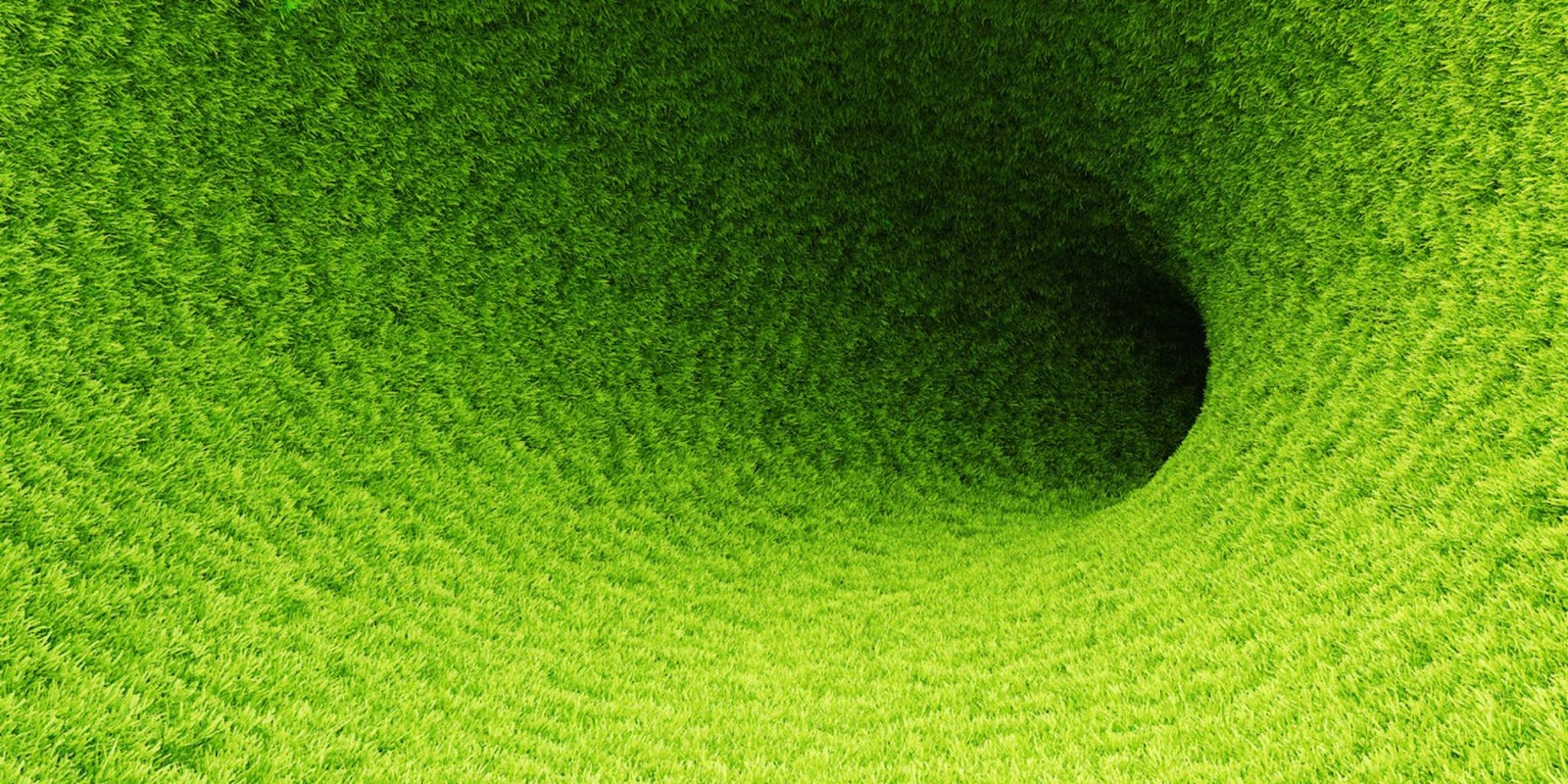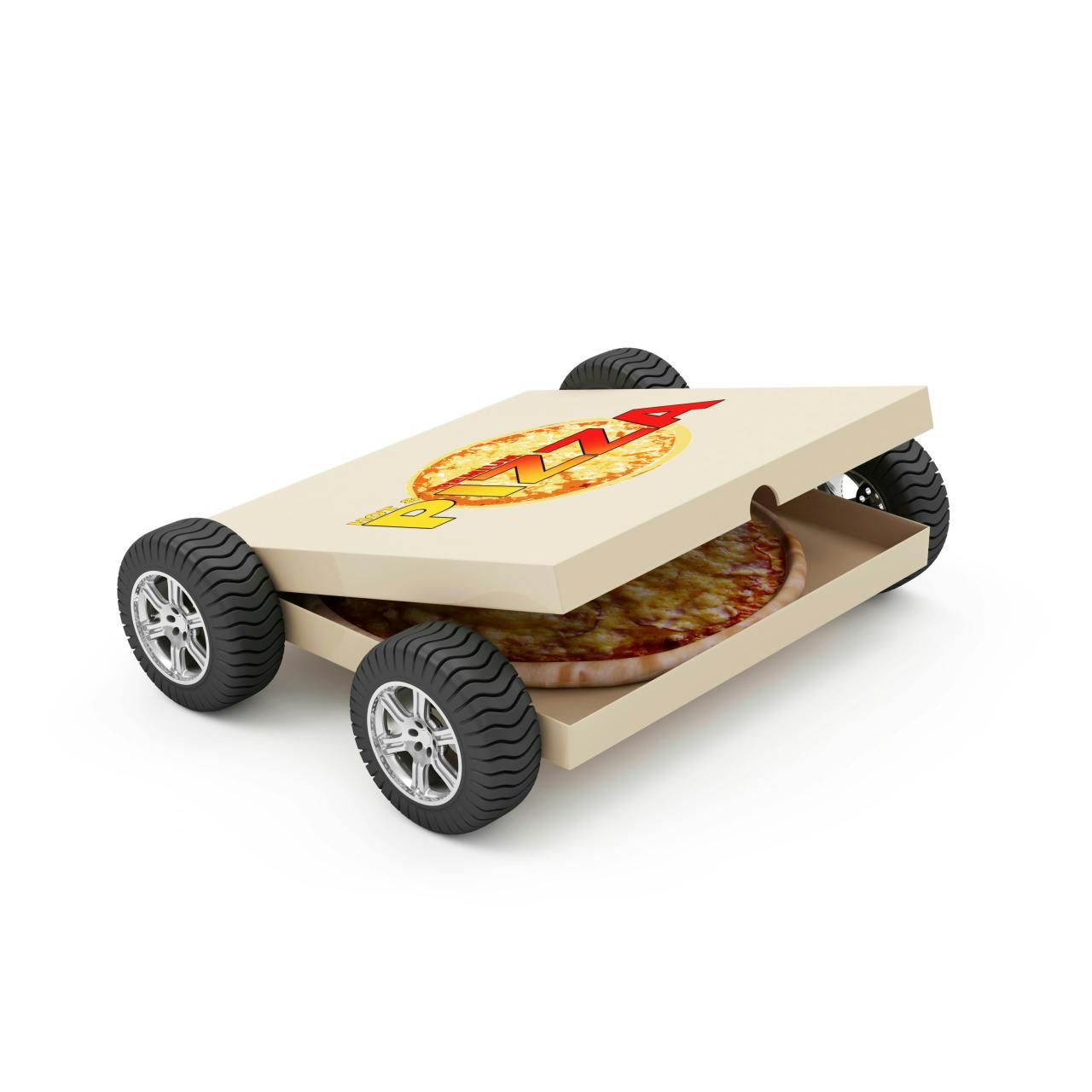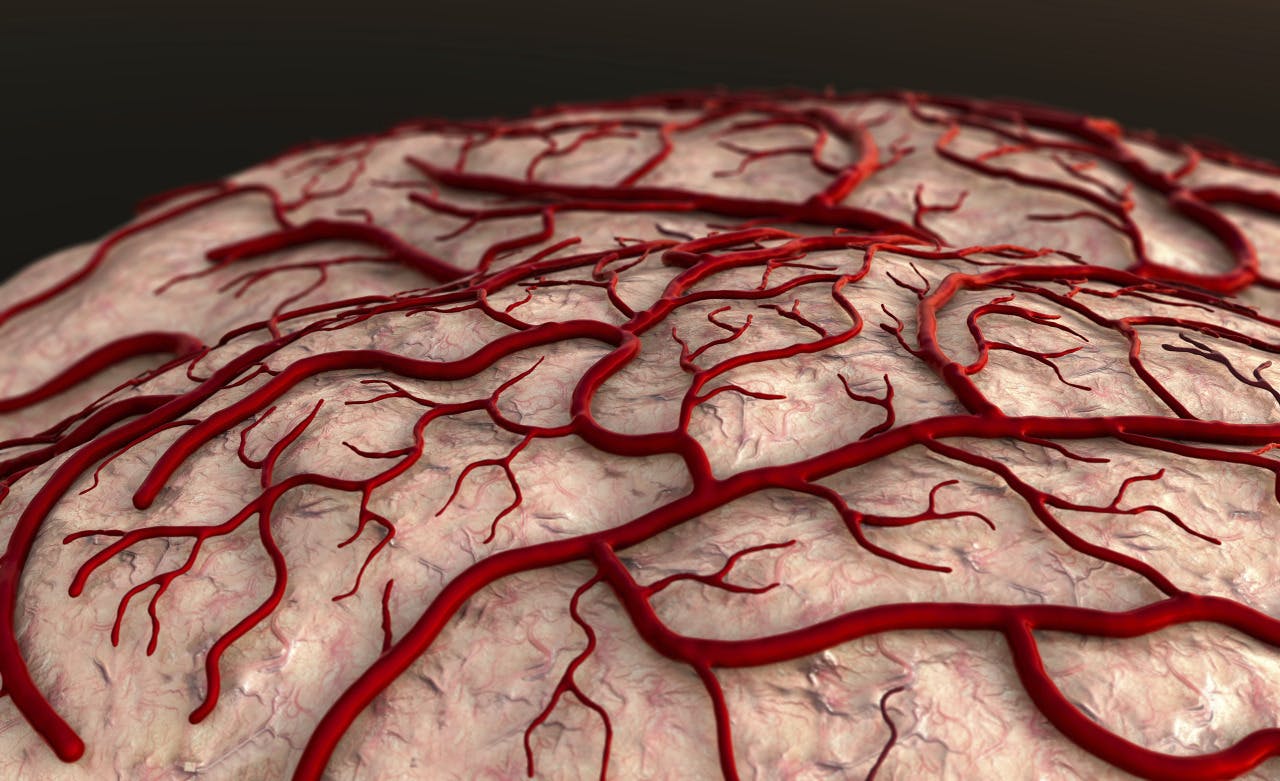There are certain corners of Tumblr I’ve been lurking around lately where users take everyday household items or scenes and make them vaguely, inexplicably terrifying. Tumblrs with this alienation aesthetic include Sporty Dad, Lou Kessler, and—perhaps the example that adheres closest to something like an artistic theme—the menacingly-named void.global.
The blog is an incarnation of the omnipresent nostalgia-haze that permeates the Internet—from mainstream clickbait like “10 Products Every ’90s Girl Remembers” to slightly more obscure Tumblrs that host old VHS stills, or even a record label like PC Music. The Tumblrs I’ve been frequenting take this fixation on the recent past and make it feel and look like something that might suffocate you in your sleep.
The images on these sites—who knows where they came from originally?—are simultaneously contemporary and part of an tradition dating back to the heyday of surrealism in the 1920s. Though mostly innocuous, they can be jarring. They employ images and palettes that we’re not normally conscious of, because they’ve always been part of our life’s scenery—whether it’s a dull corporate logo or the earthy colors of your mom’s kitchen wallpaper in 1998.
This is the second installment of the Daily Dot’s series connecting IRL personas to weird niche Tumblrs. (Read about the originator of “The Same Picture of Dave Coulier Every Day” in part one.) Ezra Miller is the force behind void.global, a blog that, according to its Facebook page, exists to provide a reference to aestheticized renderings from the post-Internet age. They’re 3D models of mostly corporate imagery, from a blue globe being unzipped to a bunch of cardboard boxes stacked together. Miller, who lives in Chicago, graduated high school the day after I contacted him for this interview. He’s an artist—you can check out his work here—who’s already doing some work for Adult Swim. Here’s what he had to say on void.global and why people are attracted to this sort of Internet art.
Tell me how void.global got started.
I make a lot of Internet art via programming and code. I was just kind of getting into Tumblr, and I realized I had been collecting all of these images that I found on stock photo providers. I had access to these stock photo websites, and just by trolling through the databases of these sites I came across all of these strange, intriguing, and aesthetically pleasing renderings of objects and environments. They were things that it would take a really creative mind to come up with.
I came across all of these strange, intriguing, and aesthetically pleasing renderings of objects and environments. They were things that it would take a really creative mind to come up with.
I figured why not create a blog that would archive all these interesting renders, because they’re not getting recognition sitting in the depths of these stock databases. I had about 50 or 60 images that fit in this category of what I thought would work well as a blog, and, since then, I’ve just been finding more and more images that fit this aesthetic.
They’re renderings of industrial objects, essentially?
It’s really hard for me even to put a label on what the content of these images are. What I find is that they’re just general concepts or objects that people have felt the need to produce through 3D rendering techniques instead of through traditional photography or painting.
Did you use Tumblr much before void.global, or was this just something that came to you?
I had Tumblr in like eighth grade, but I stopped using it for a while after that. Once I got more into making Internet art, a lot of the artists I admired had Tumblrs, and I wanted to find a way to connect with them. I have a Tumblr for my personal work, but it hasn’t caught on the way void.global has. I think it’s because this content is a little more interesting than what I’m making—at least for the Tumblr generation.
I’m excited about the way the blog has grown. I posted about 40 photos at first, and had maybe three followers. Then, one of the photos—this photo of a roll of toilet paper made out of a cheese grater—went kind of viral, and it all went from there.
I’m excited about the way the blog has grown. I posted about 40 photos at first, and had maybe three followers. Then, one of the photos—this photo of a roll of toilet paper made out of a cheese grater—went kind of viral, and it all went from there.
The anonymity is part of what appealed to me with this blog. A lot of the work that I do is very personal and attached to my name, and it’s cool to be able to do something that’s not really associated with who I am.
I find these images to be beautiful and terrifying and funny, which is what initially drew me to your blog. What was the reaction you had to these images when you first found them? What’s the reaction you hope other people will have?
The way I would describe this imagery is just interesting Internet imagery. There’s really no better way to put it. It’s all influenced by the Internet, because these images are made through and for mediums that are also wholly influenced by the internet.
When I first started to find these images, I was just really surprised that this genre of stock imagery existed. It was interesting to see that people were making content that was so high-quality and not something that would ever come into my head to make. They’re marketed as stock imagery, but in what context would they be used as a stock image? That’s why I felt the need to create this blog, to get them circulating on the Internet, because I feel like people should see these things other people are making.
In terms of authorship, I don’t really know who makes these. When I’m finding them, there’s no real source—the source is the stock image site—which is kind of interesting and adds another element of anonymity to the project.
Tell me a little more about yourself and the work you do outside of void.global.
I just graduated high school; I’ve lived in Chicago for 18 years. My dad is an artist, and he’s definitely influenced me in terms of the work I create. I’ve always been into math and science and design, so I basically started teaching myself how to make websites in 2013. I realized there was this whole subsect of coding culture concerned with creating images and interactive visuals with code. I was really intrigued by that.
I started teaching myself about HTML5 Canvas and WebGL, which is a graphics programming language for the Web that allows you to create really interesting visuals. I also like creating interactive 3D experiences. Some of my work uses 3D objects and models, and I try to bring them into a browser and see what that’s like. I’m working on some 3D projects now, which should be coming out shortly. One’s going to be for Adult Swim.
Some of my work uses 3D objects and models, and I try to bring them into a browser and see what that’s like. I’m working on some 3D projects now, which should be coming out shortly. One’s going to be for Adult Swim.
This summer, I’m going to do an internship at a digital agency called OKFocus in New York. I’m going to Tufts University, and I want to study art history and computer science. In terms of what I want to do with my life, I’m not sure yet, but I’m definitely really into the Internet and really into art, so I want to see where that takes me.
What initially drew you to this Internet art aesthetic, and what keeps you interested in it?
Basically, I grew up with the Internet. I can’t remember a time in my life where I wasn’t on the Internet, and being influenced by it. I got to the point where I wanted something more. That’s when I discovered there was this community concerned with making art for the Internet, with the Internet, and with other computer-based technology like 3D rendering programs and code. It was so novel to me that I was just entranced by it.
I feel like it sprang up pretty quickly. It’s this weird, hyper-aestheticized version of the Internet I remember as a kid.
I don’t remember really seeing anything on the Internet like this in terms of the aesthetic and visual culture in, say, 2012. It’s all accelerating really quickly. The emergence of all these blogs that are concerned with retro stuff in terms of old GIFs and old interfaces, I think it’s all kind of a coping method of how quickly things accelerate.
This corner of Tumblr has a fascination with corporate imagery. Why do you think that is?
Last fall I discovered these Facebook groups called Archival Aesthetics: Environment and Object. The page description is: “Archival Aesthetics is the mainframe for a 12-months-long categorical aesthetic investigation carried out across Facebook in our groups.” Right now there are around 11 groups in the project. It’s gone through some ups and downs, but this was sort of the impetus behind me wanting to gather this interesting content.
I discovered these groups sort of around the time I discovered Internet Art, and I was also trying to figure out what it means to flesh out an aesthetic. These groups are developing an aesthetic based around the idea of sharing a huge stream of image content based around these general concepts: aqua, sport, forest, arctic, tech, laboratory, desert. I think a lot of the content shared in these groups has gone into the Tumblr blogosphere, and really influenced the way Tumblr’s working.
I started posting in corporate aesthetics, tech aesthetics, and retail aesthetics with some of these stock images I was finding. I collected so many because I was posting in that group, and I realized I should just start a blog because it’s an aesthetic in and of itself.
What do you think, on a very base level, attracts people to those images?
I started posting in corporate aesthetics, tech aesthetics, and retail aesthetics with some of these stock images I was finding. I collected so many because I was posting in that group, and I realized I should just start a blog because it’s an aesthetic in and of itself.
Often, they’re so photorealistic and so surrealistic at the same time. If you think about something like René Magritte’s paintings, they look so real, but the content of the painting is so against our traditional ideas of what’s normal. These images are a continuation of that surrealist tradition, in a way.
How do you explain your Tumblr to someone, say parents or whoever it might be, that wouldn’t necessarily have the context for this corner of the Internet?
This Tumblr is a reference to a bunch of weird images that I’ve been finding on stock image sites. Mostly 3D renderings on stock image sites. I think that’s a good way to put it.
Where do you hope to see void.global go?
I hope that I can continue to find interesting Internet imagery to keep posting and giving reference to these strange and surreal, but beautiful and profound images. It’s been hard to find images that I think will fit well on the site, so maybe I’ll have to switch gears at some point and change what I’m posting. Or maybe I’ll take a break and wait for some more content to be pushed out, then catalog it. I’m not sure, but for now I just want to keep posting.
Photo via void.global







